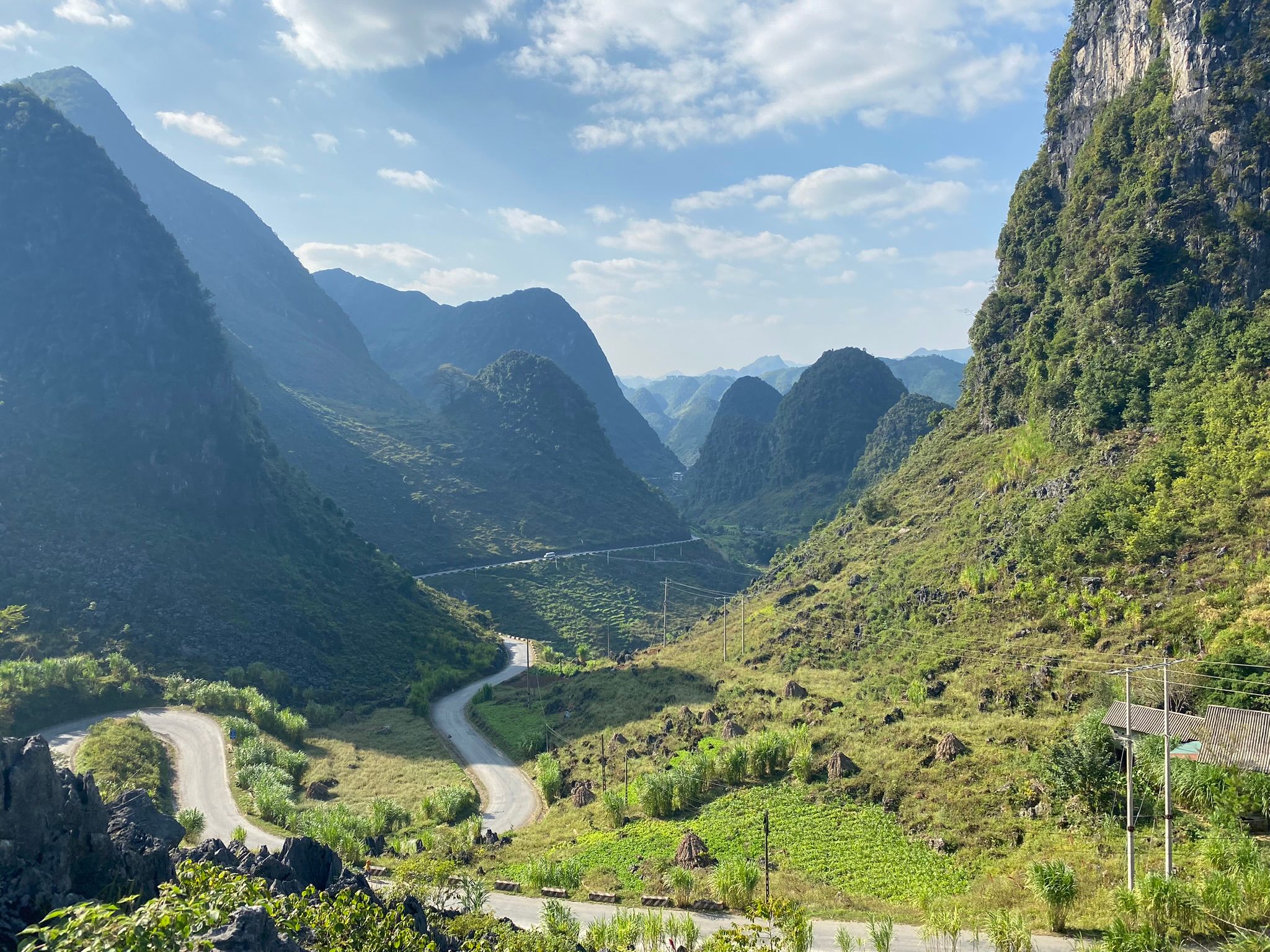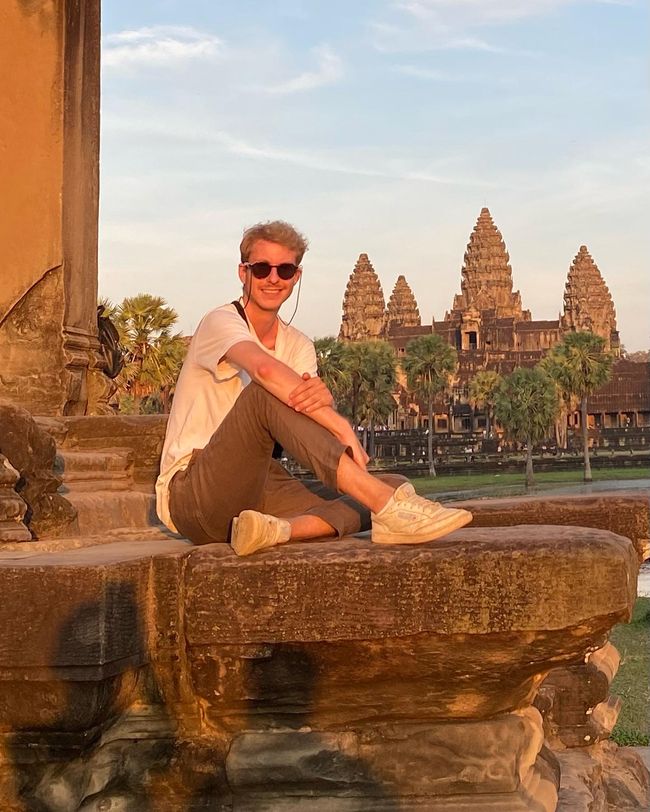November 16, 2023 – From Queenstown to Auckland
Oñemoherakuãva: 19.11.2023
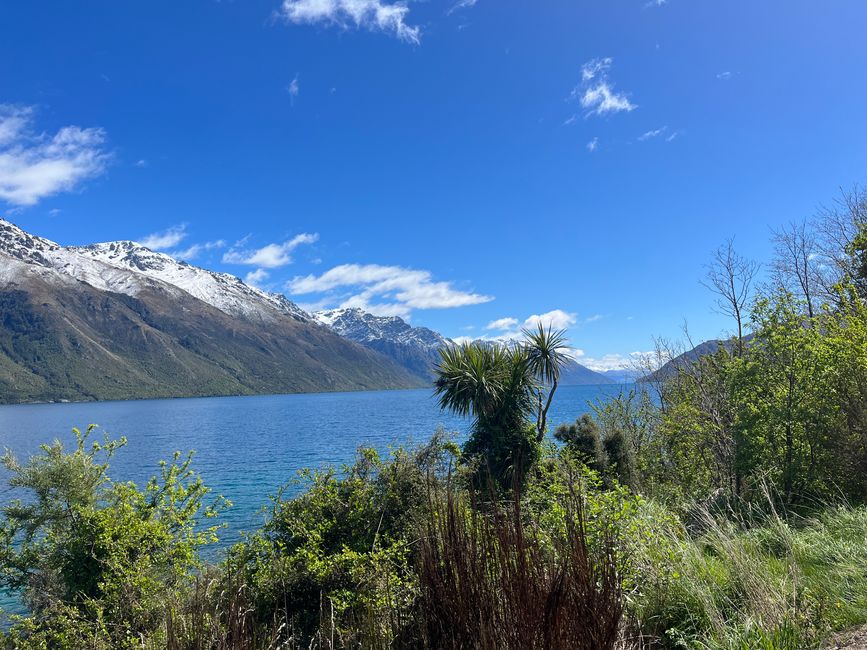
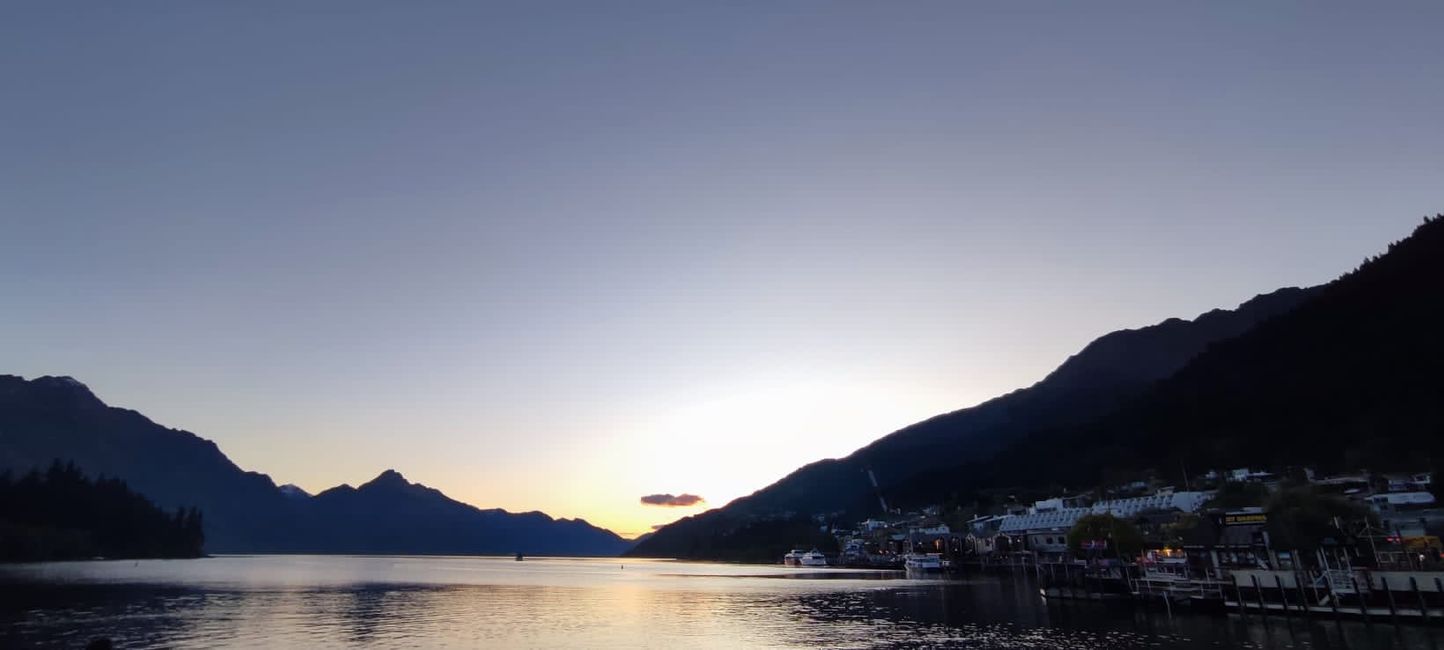
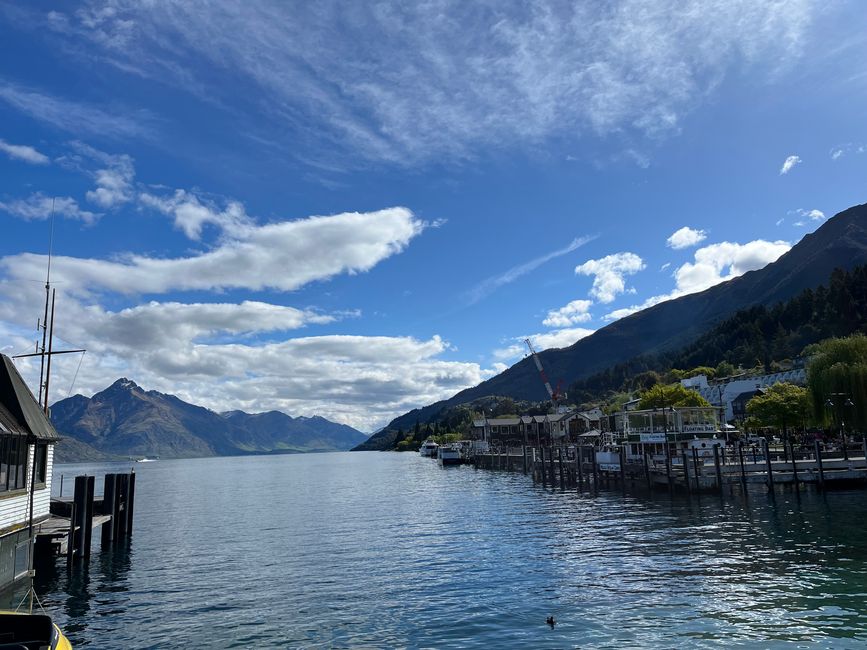
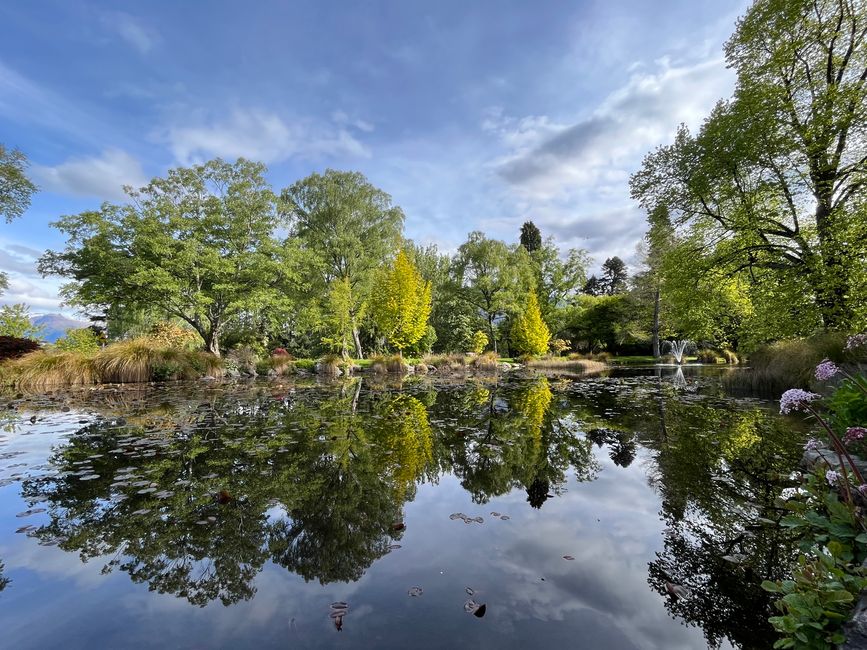
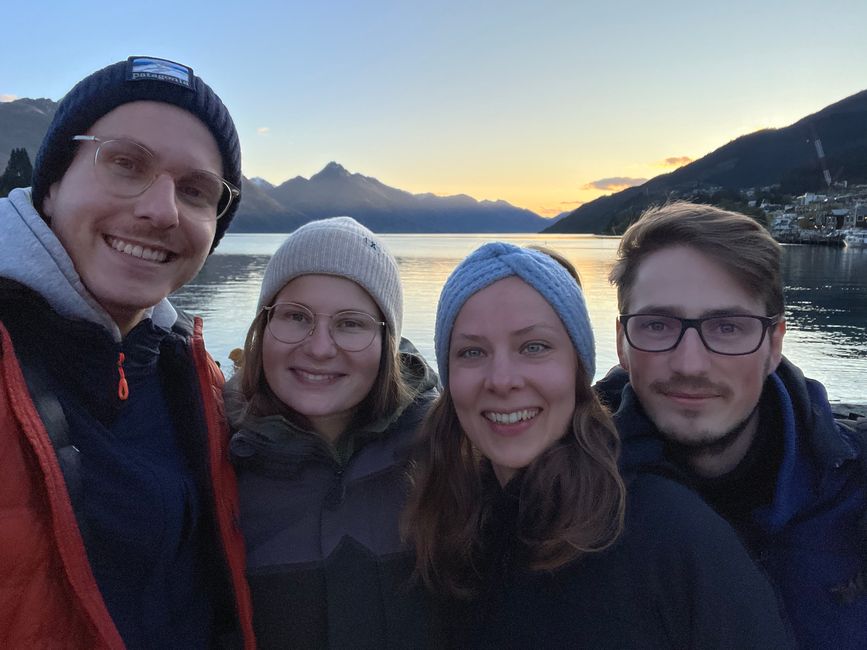
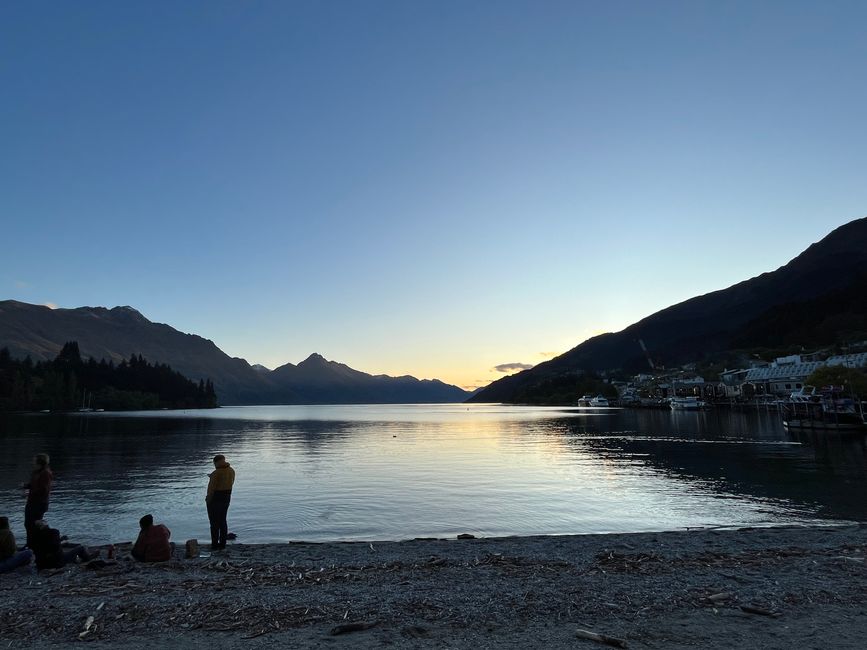
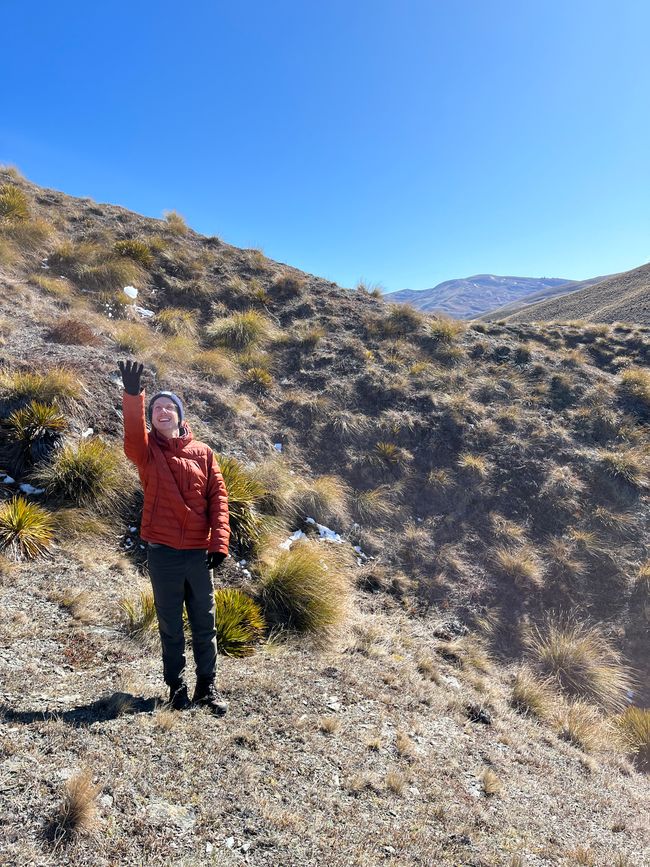
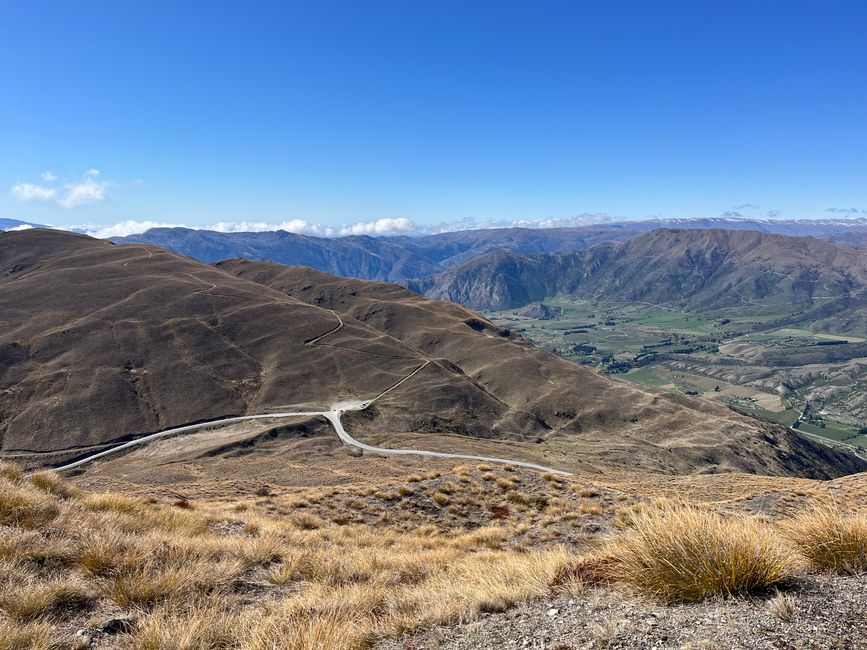
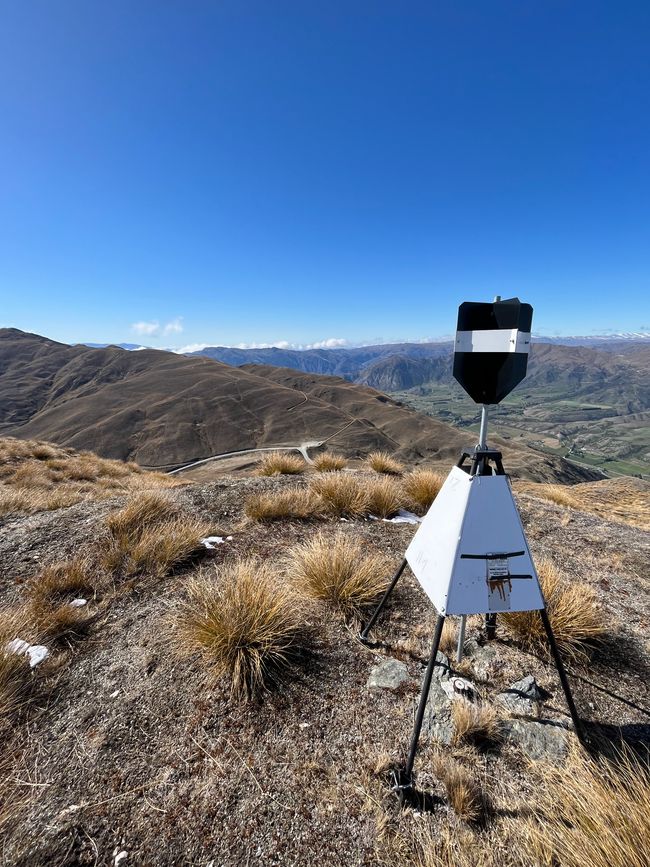
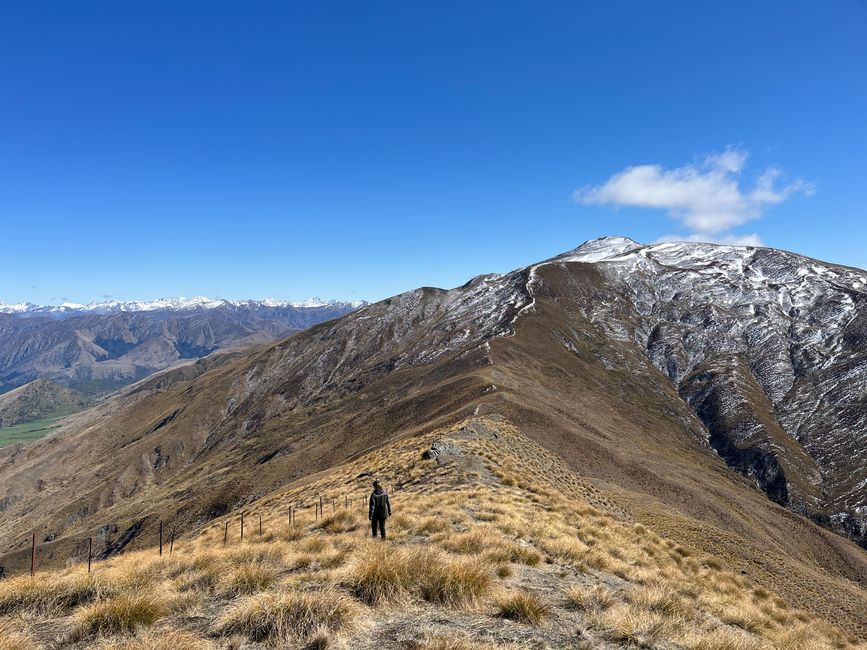
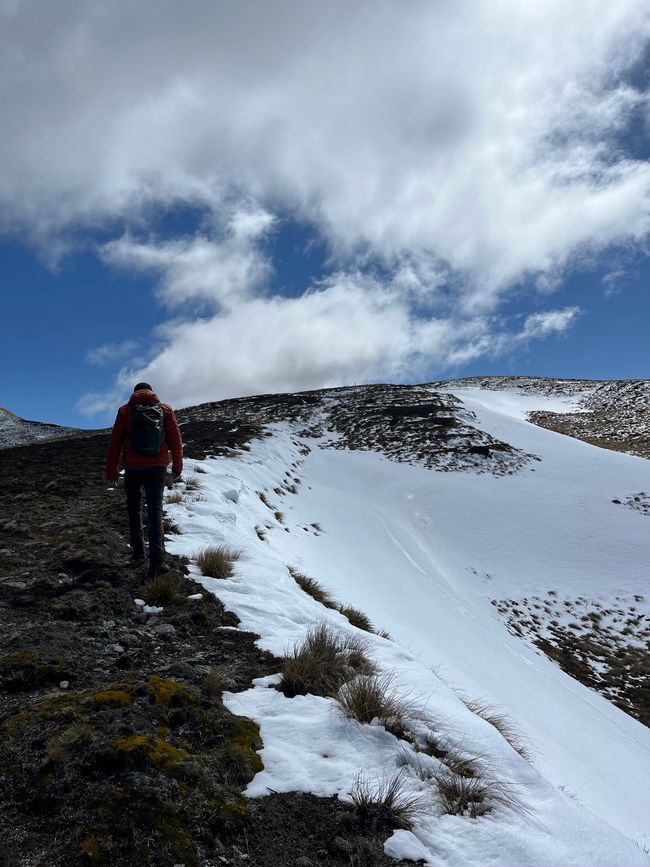
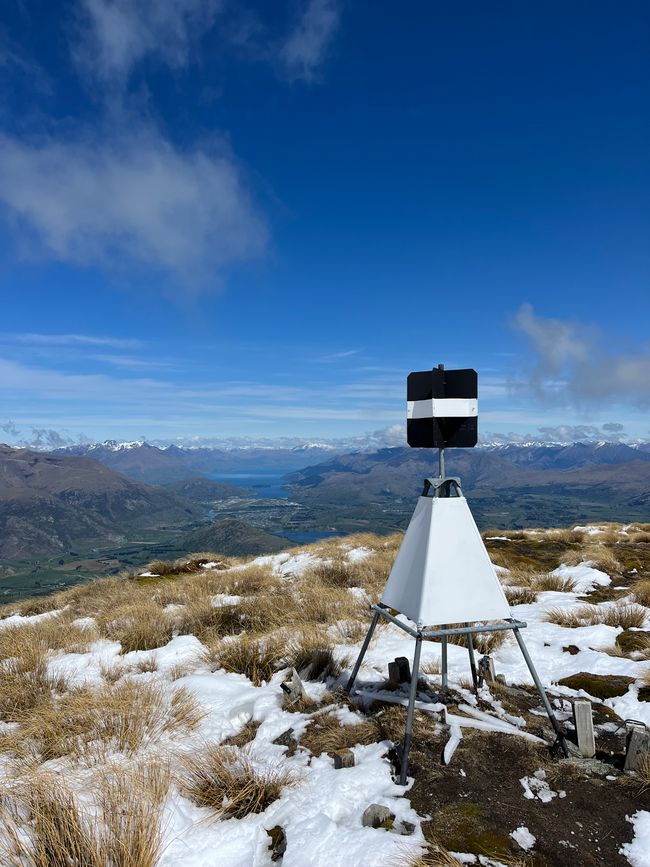
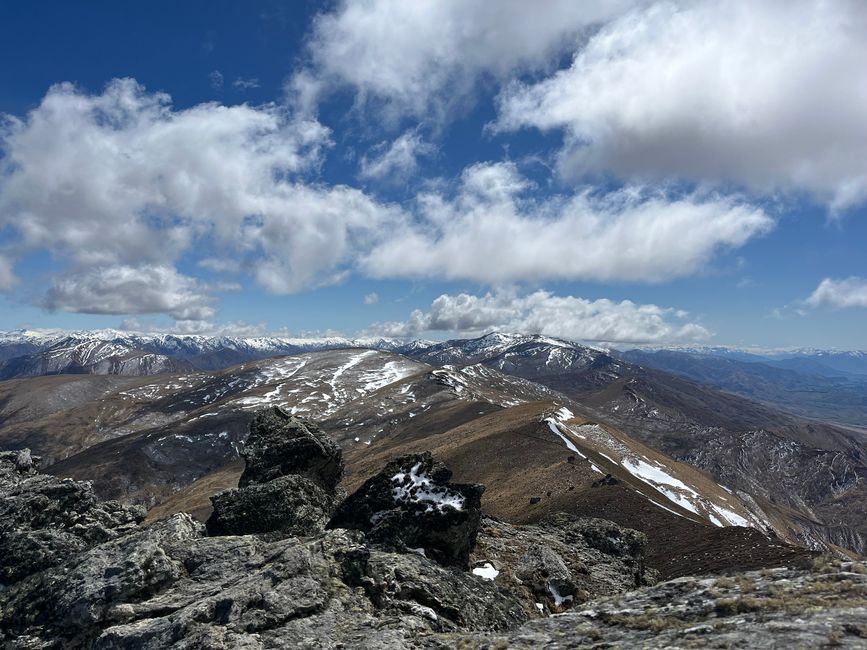
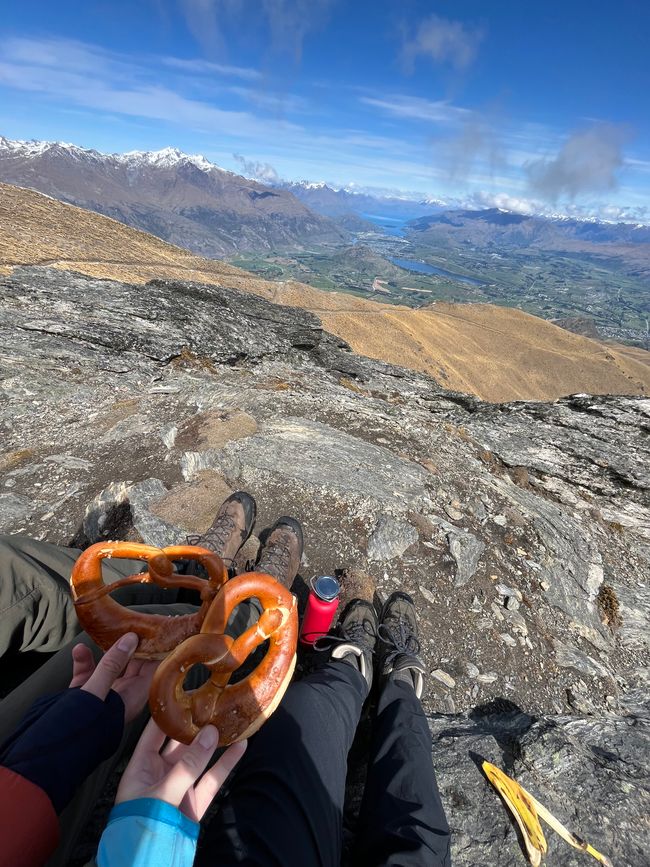
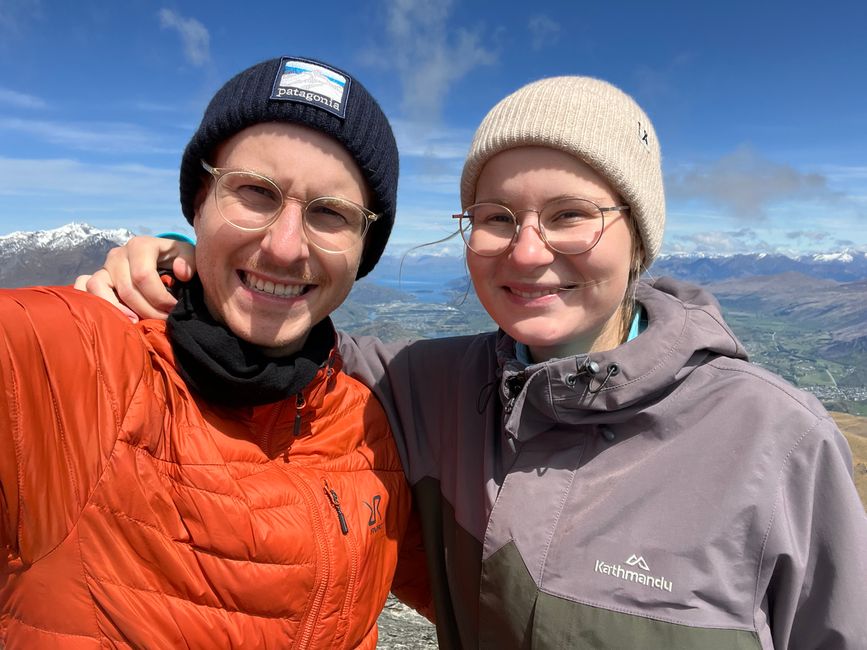
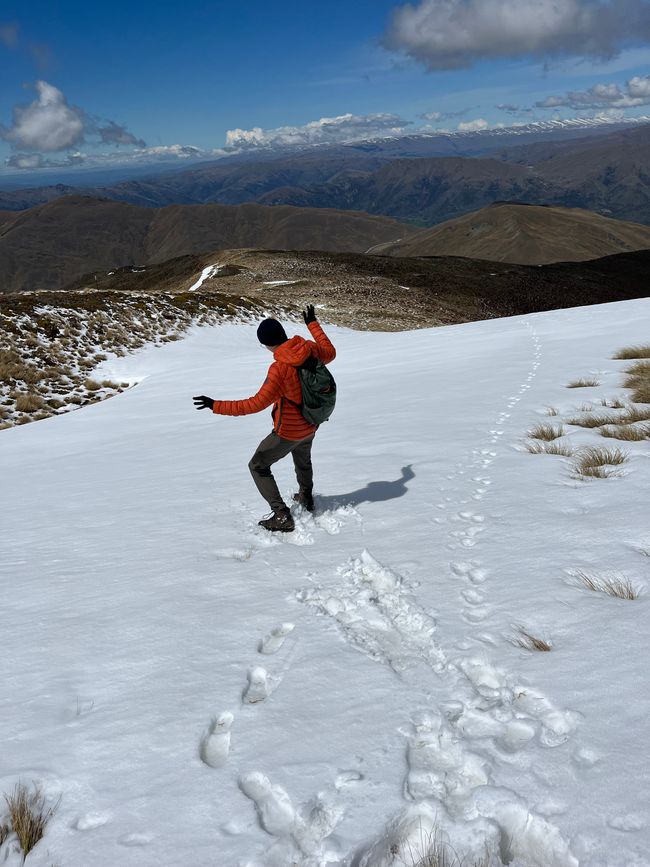

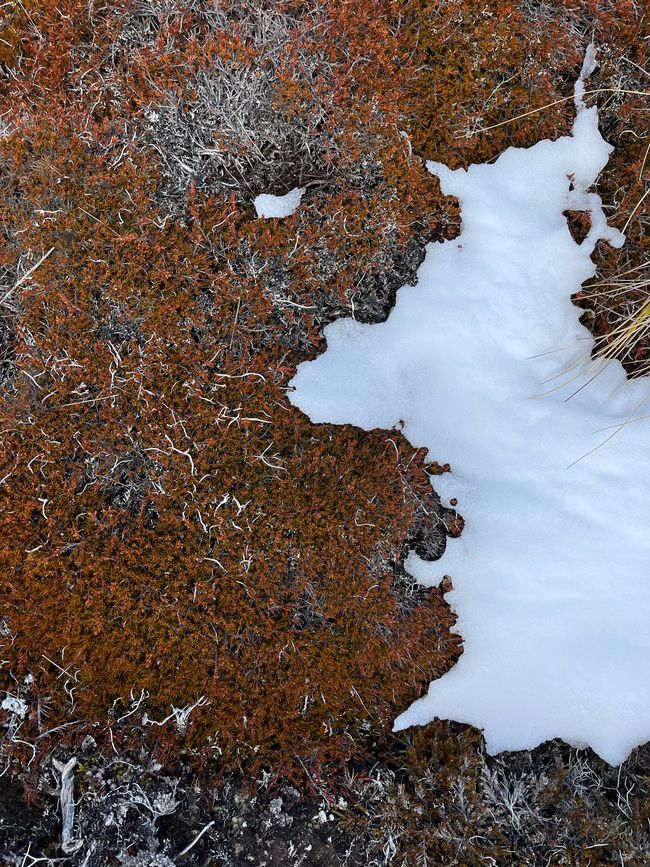
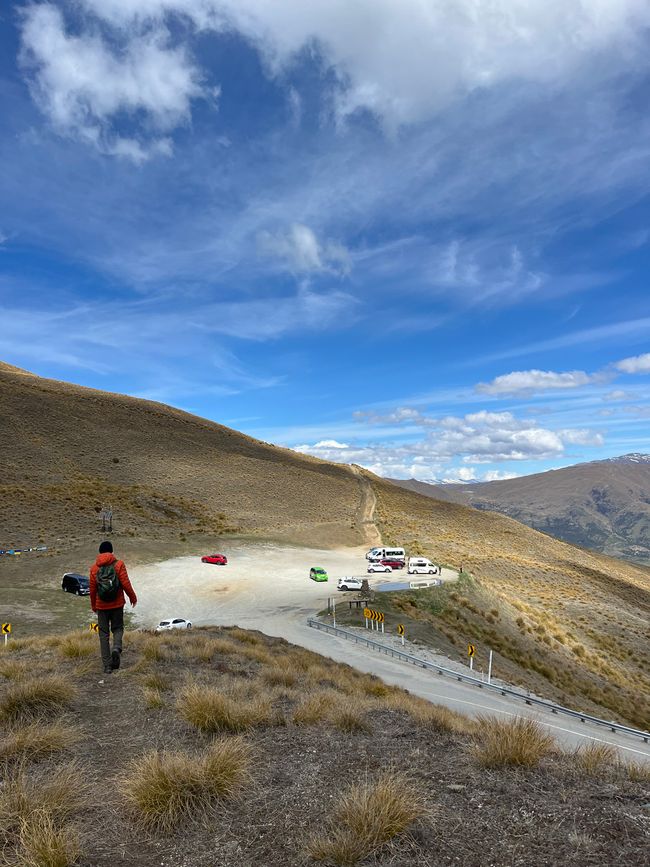
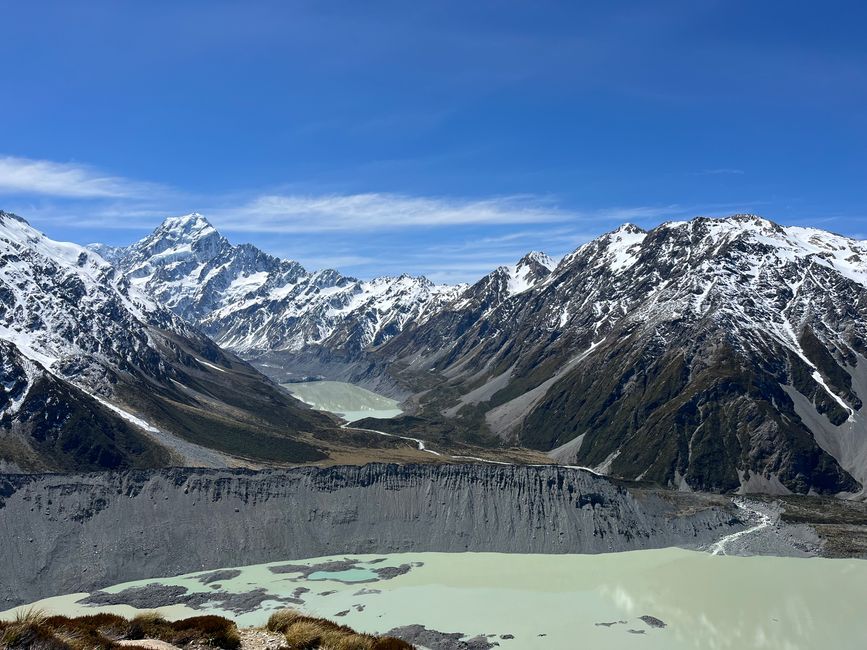
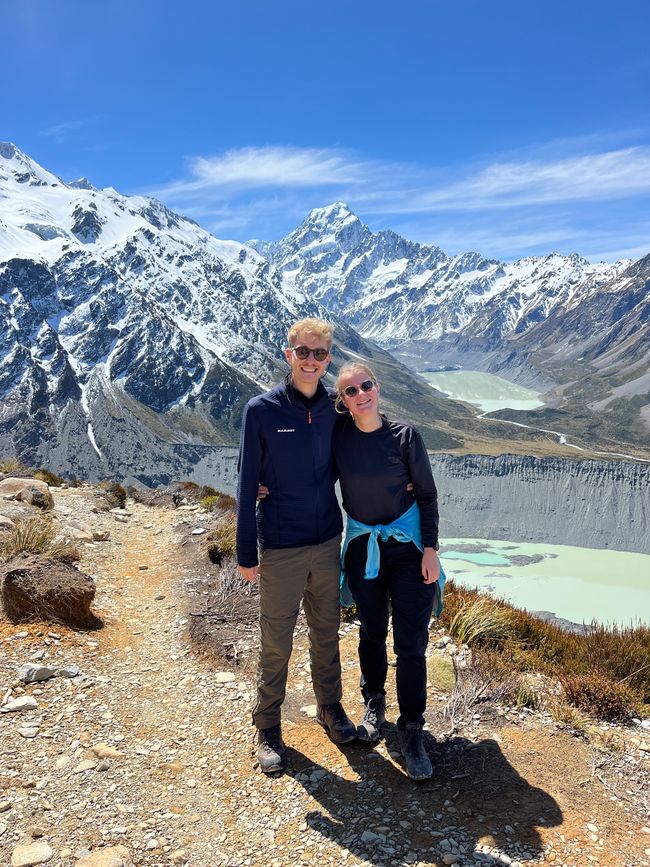
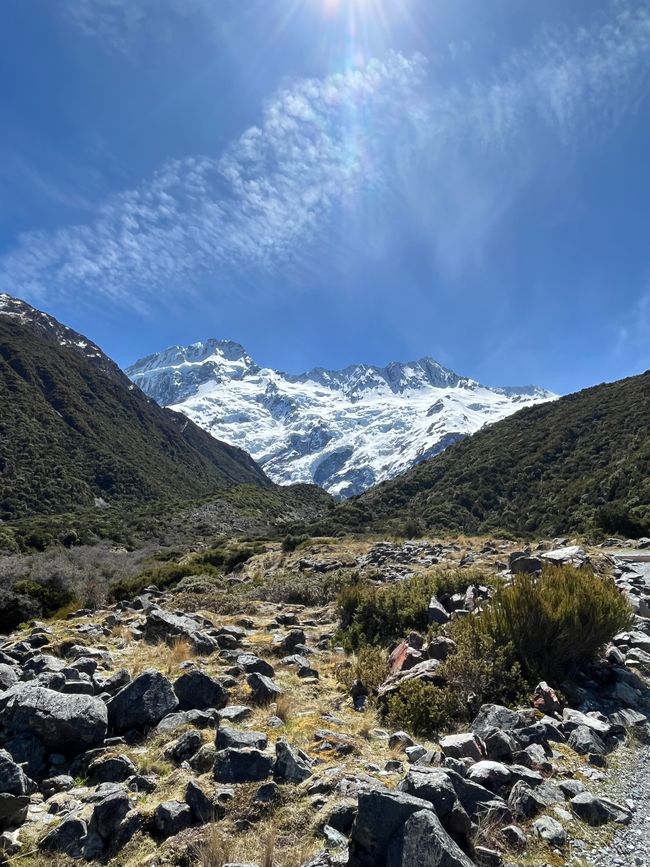

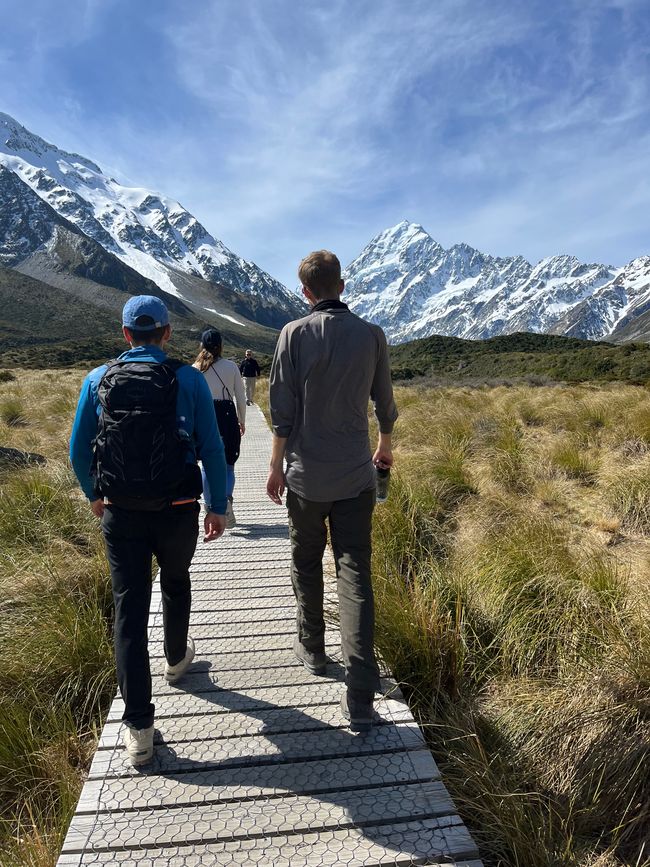
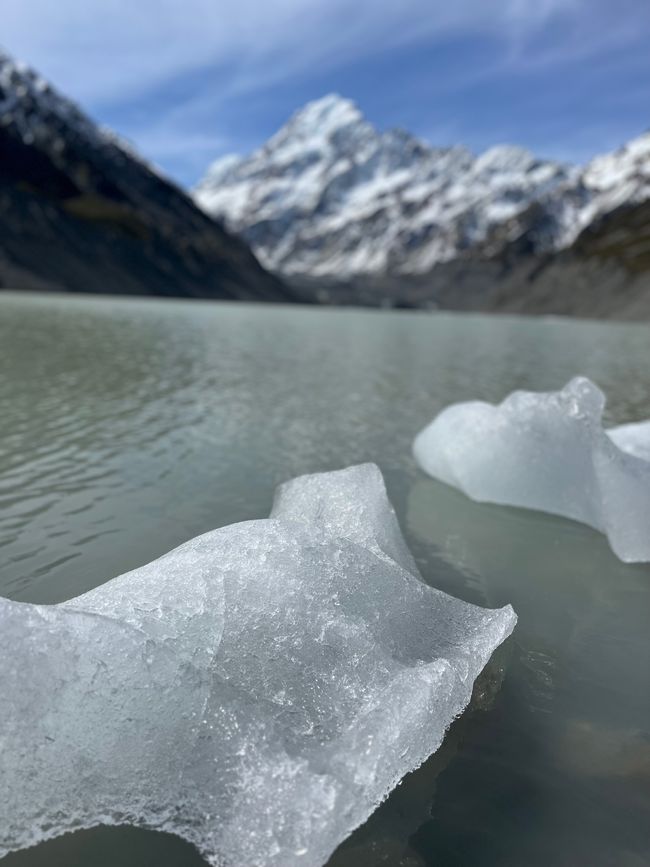
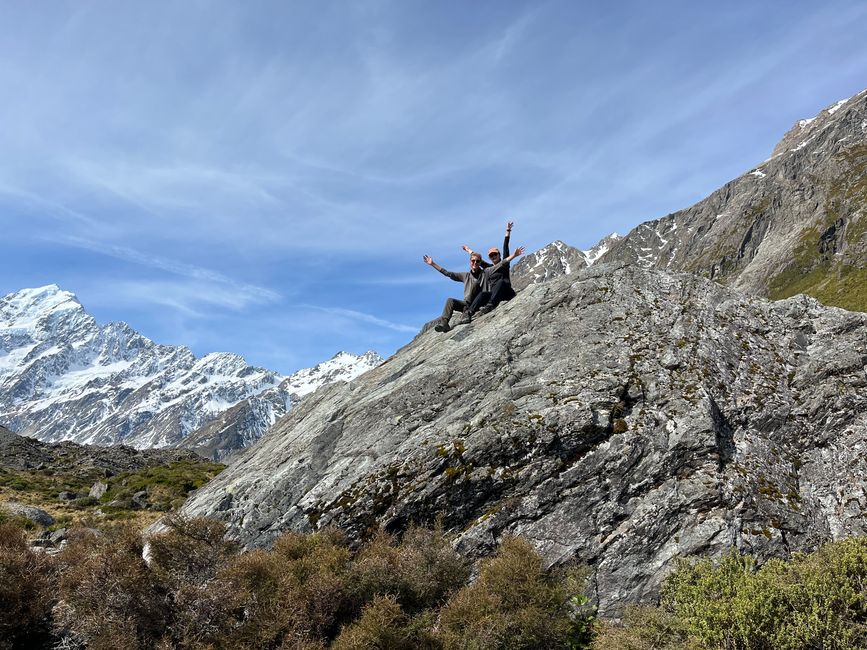
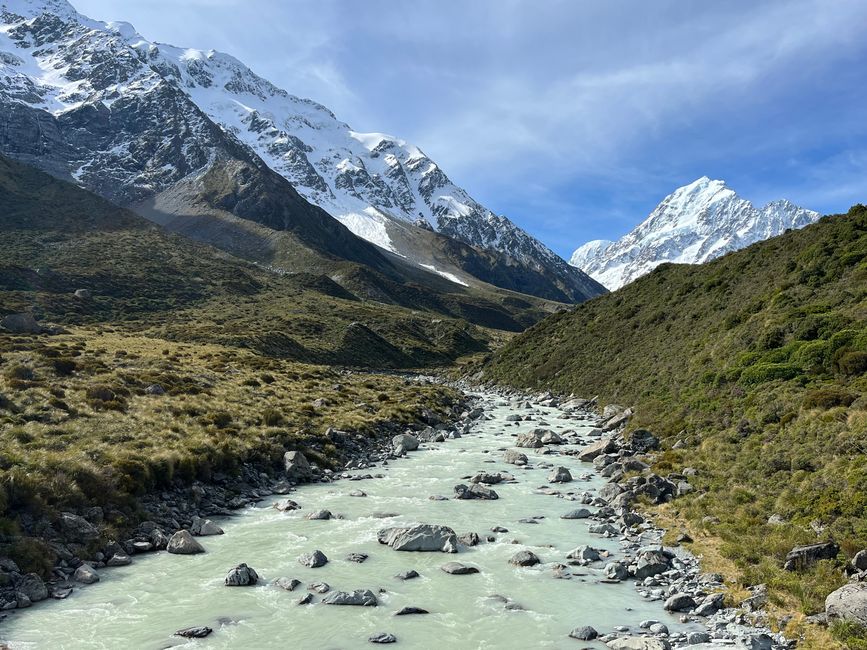
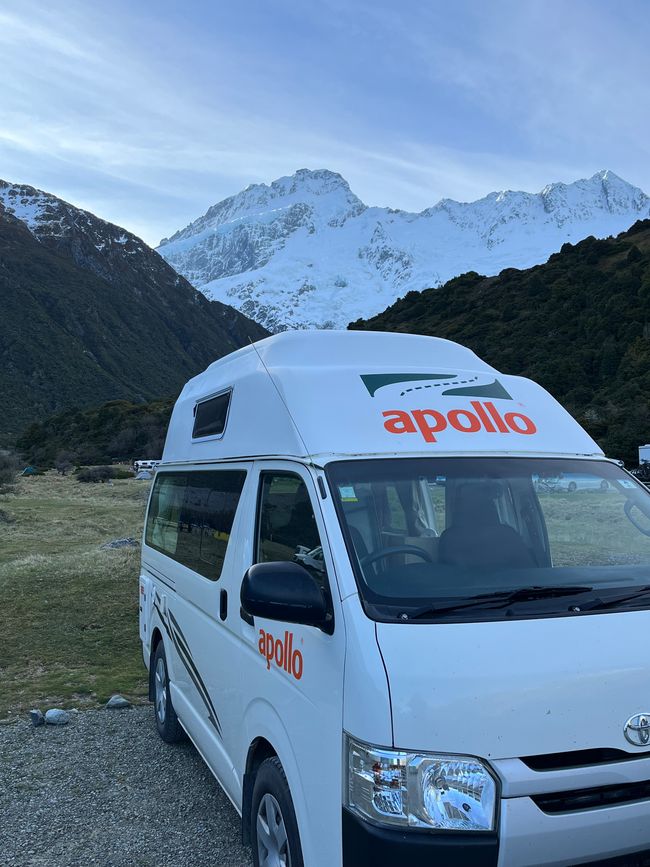

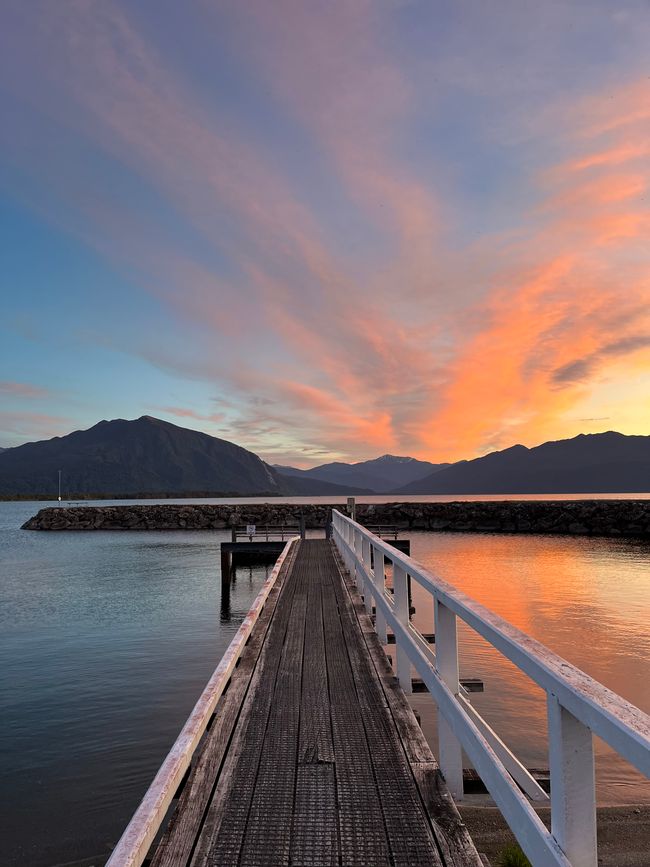
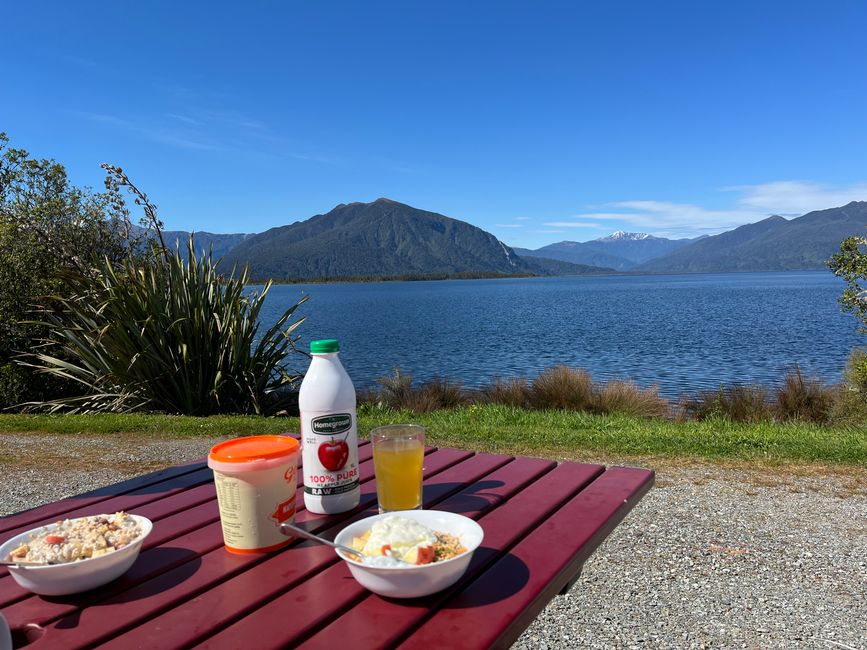
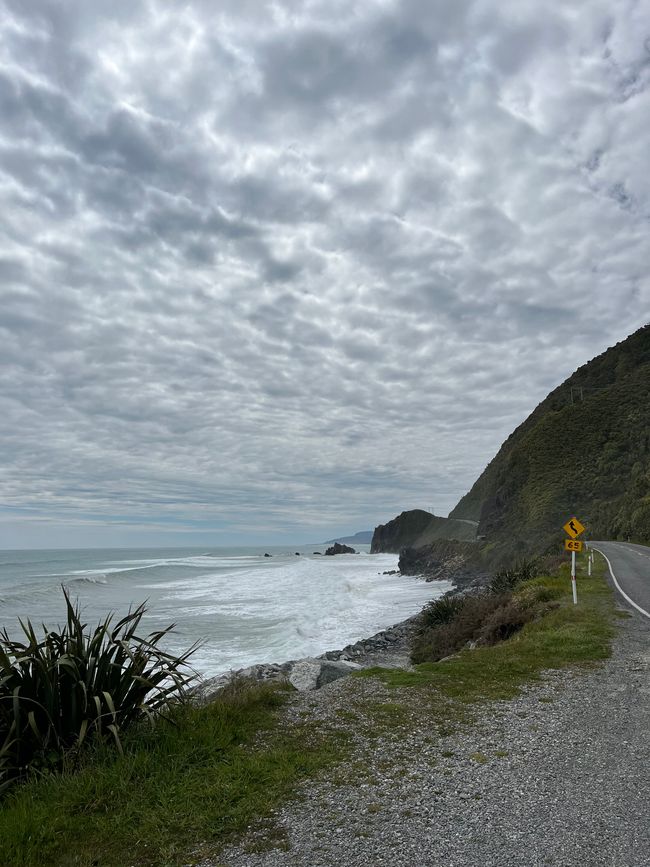
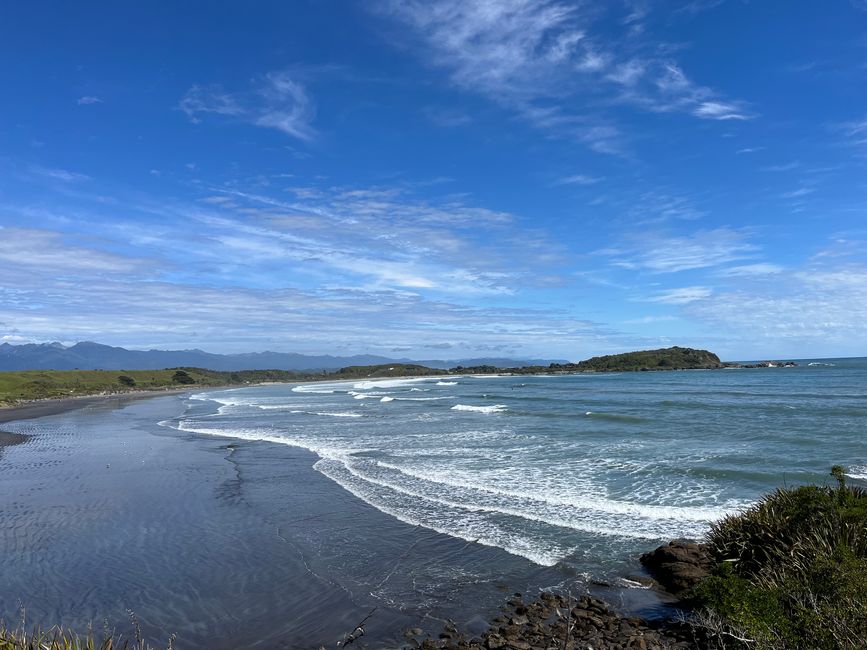
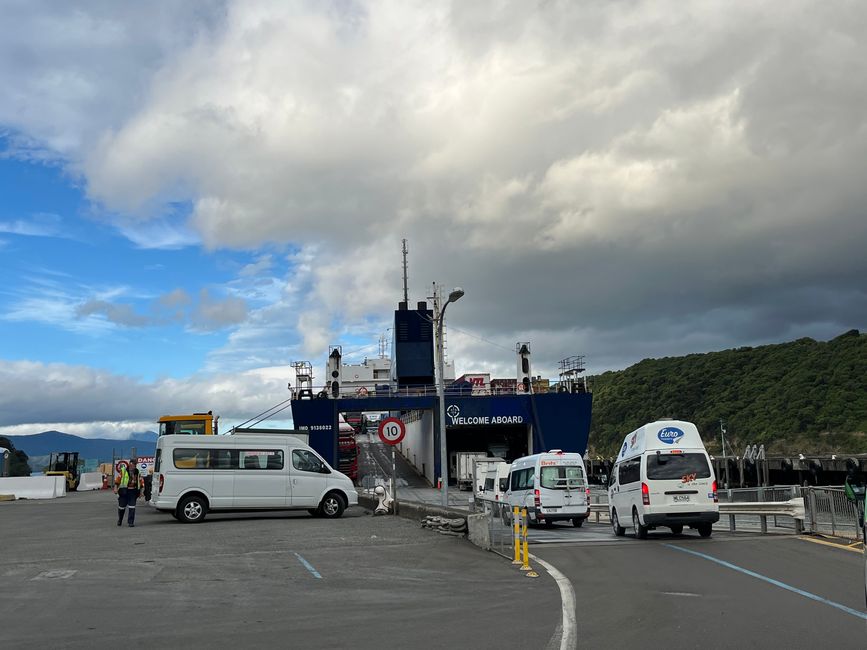
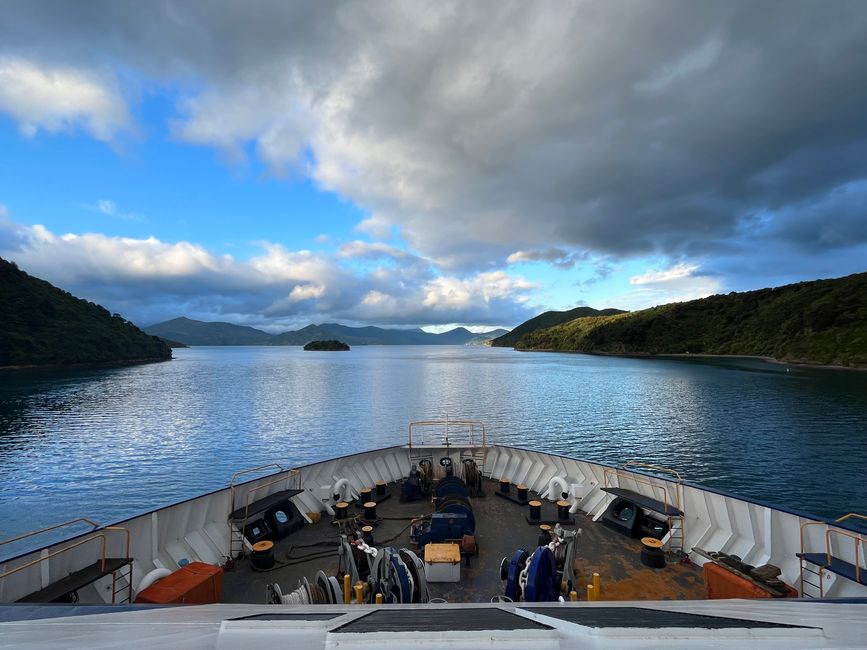
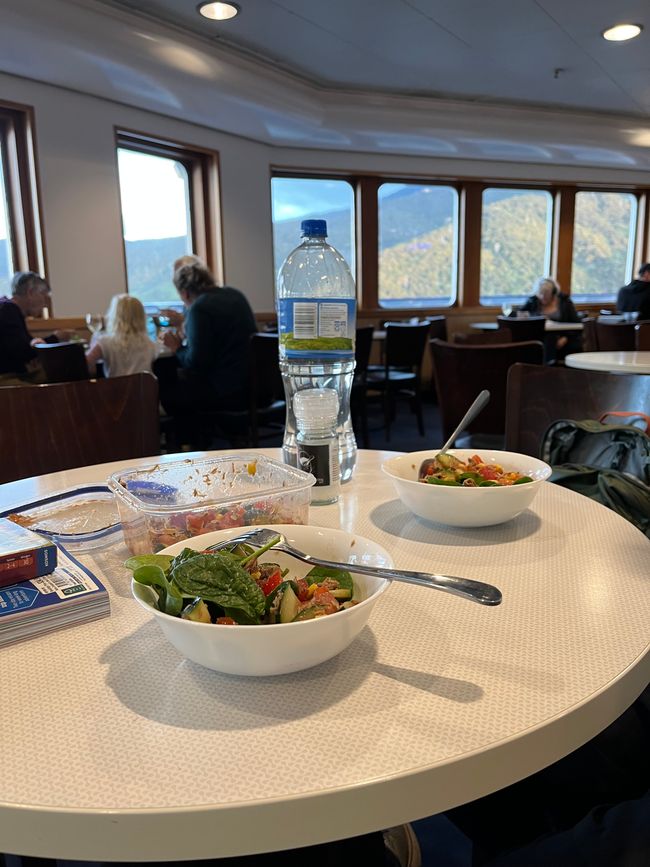
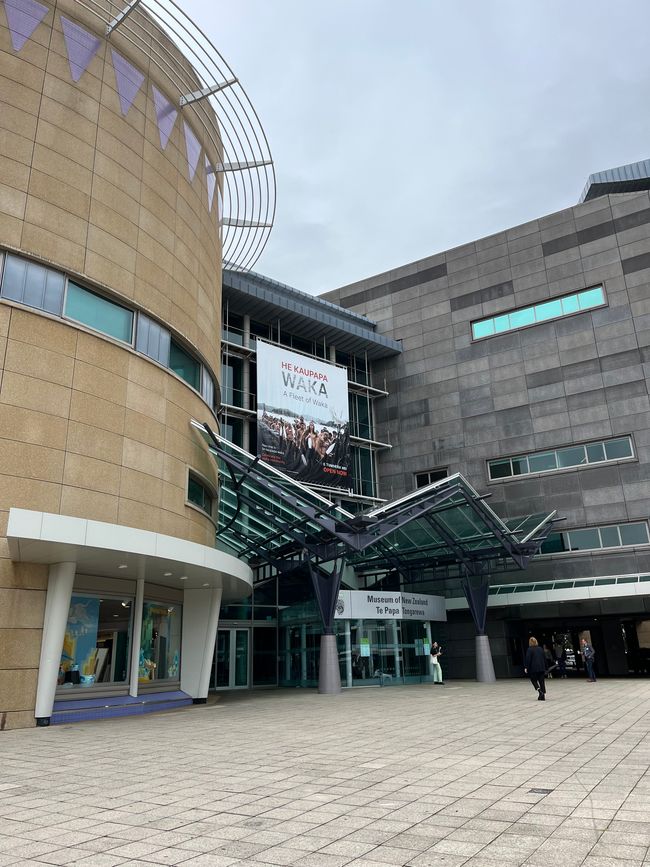
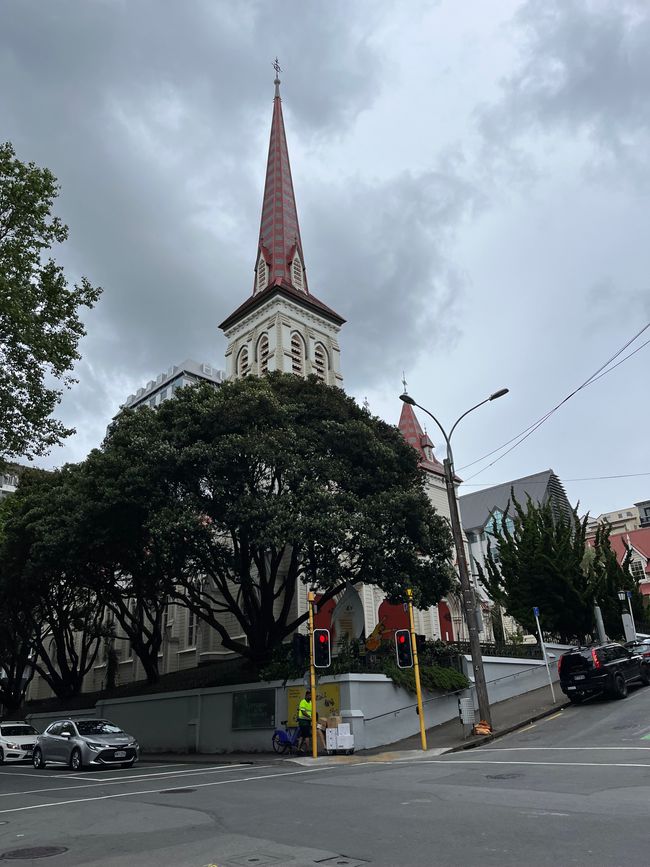
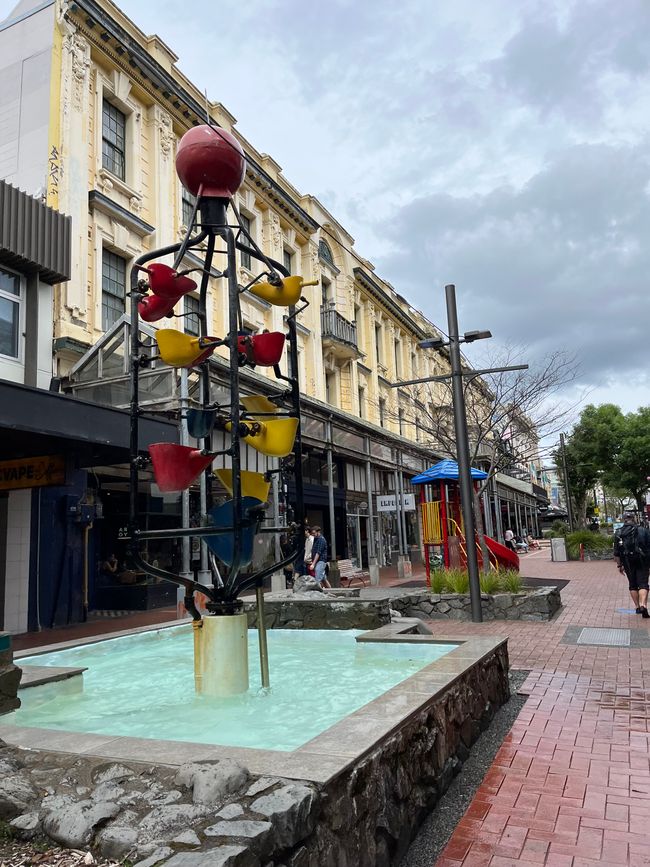
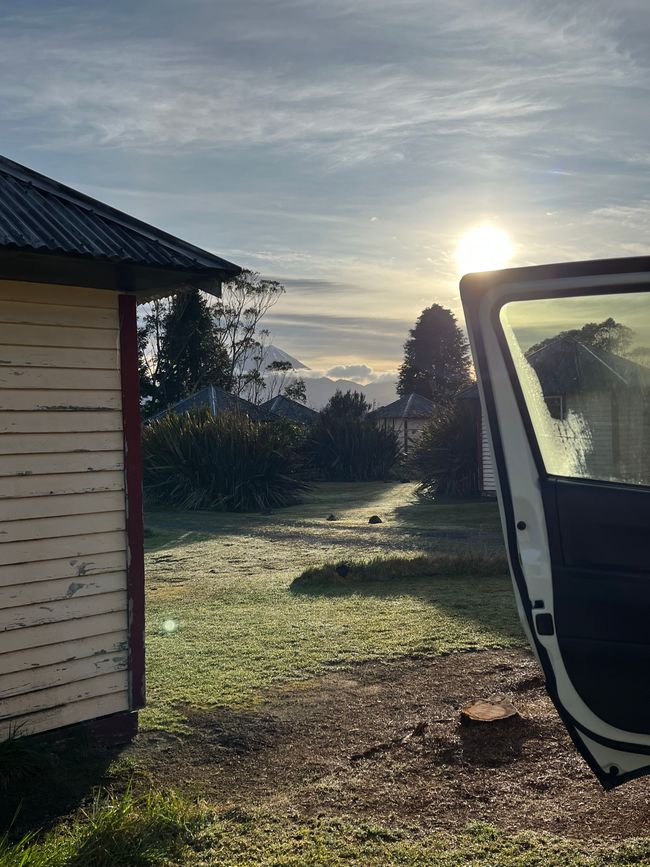
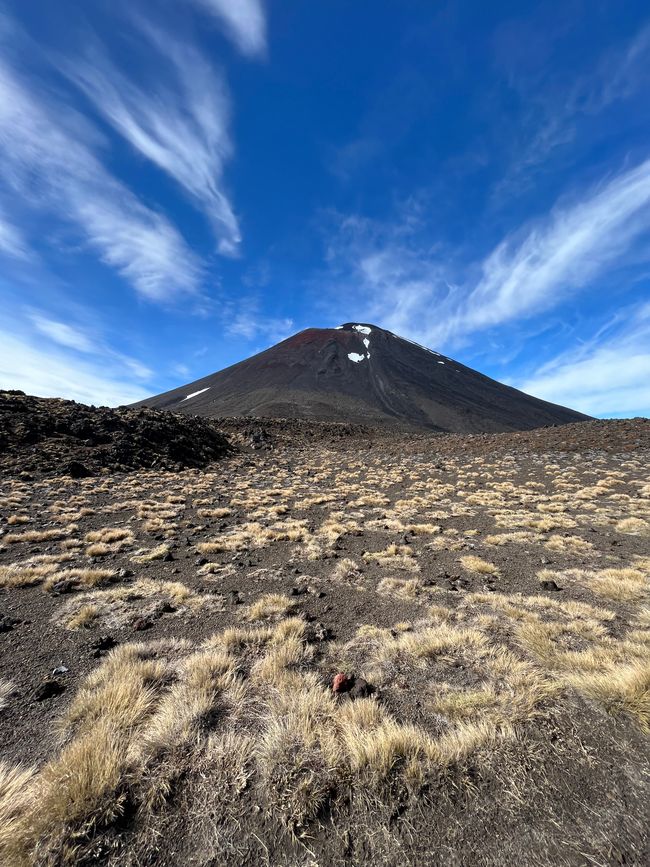
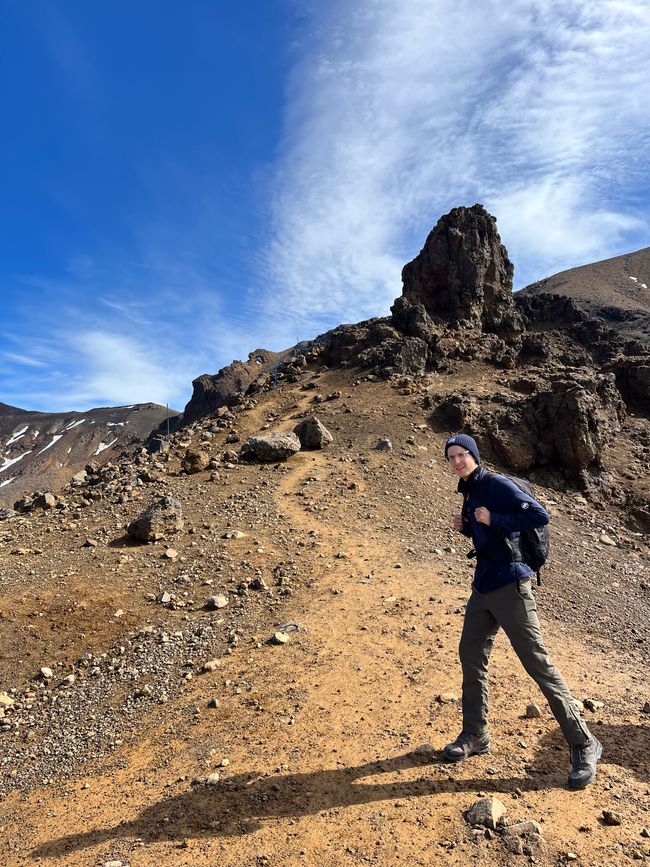
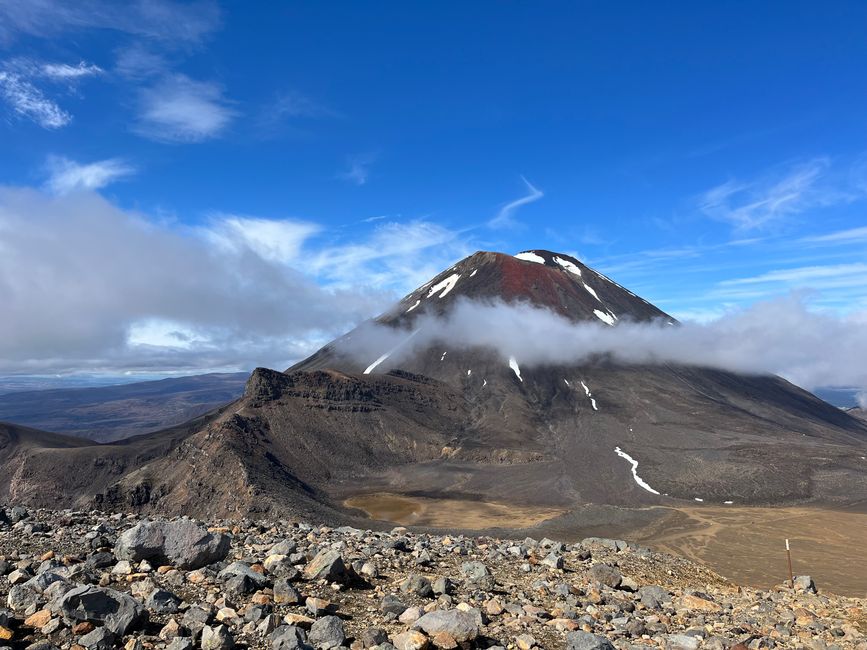

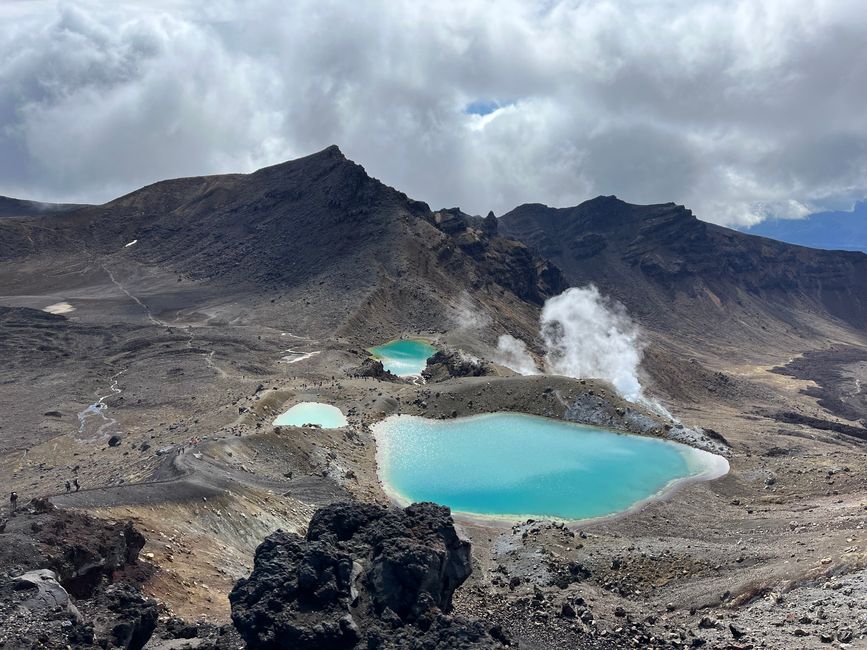

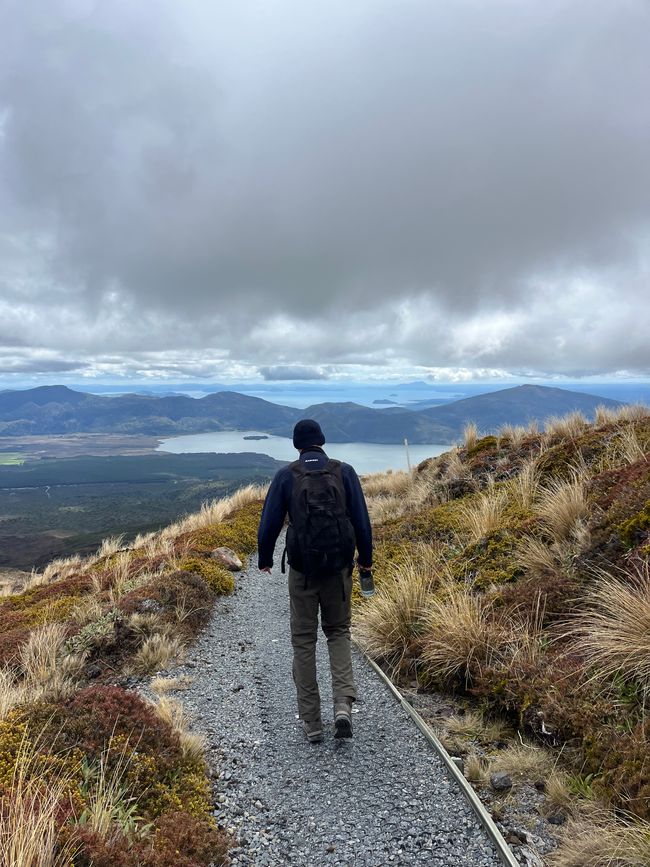
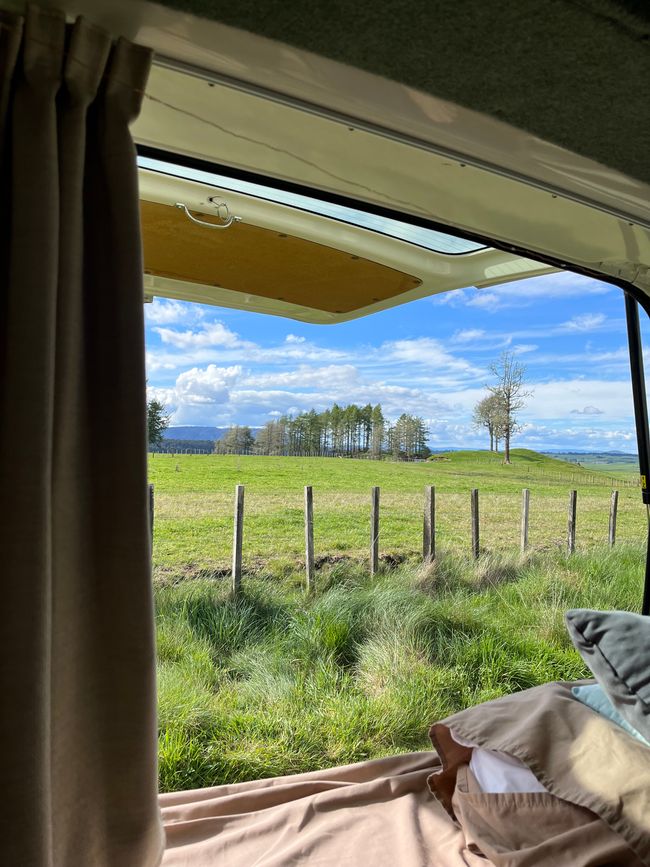
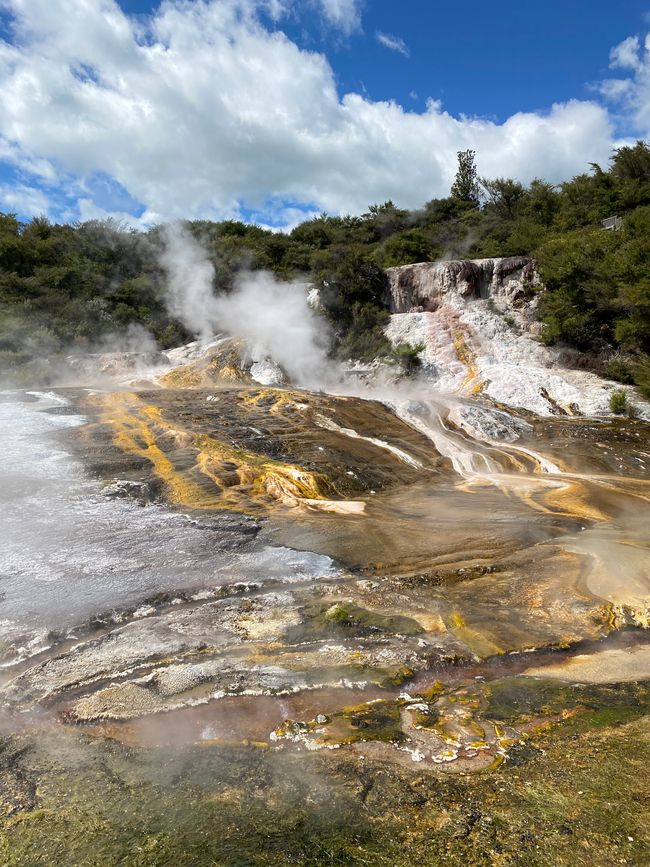
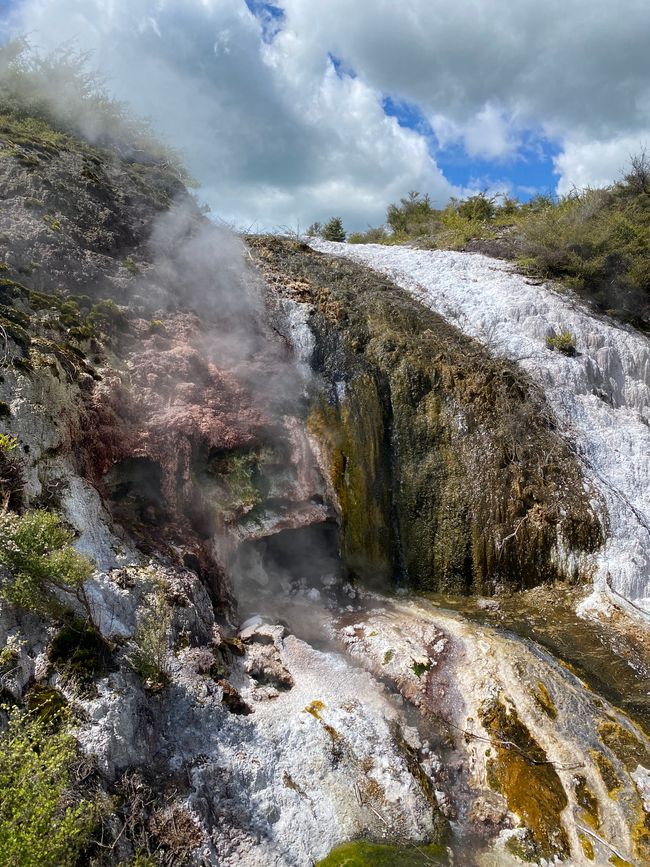
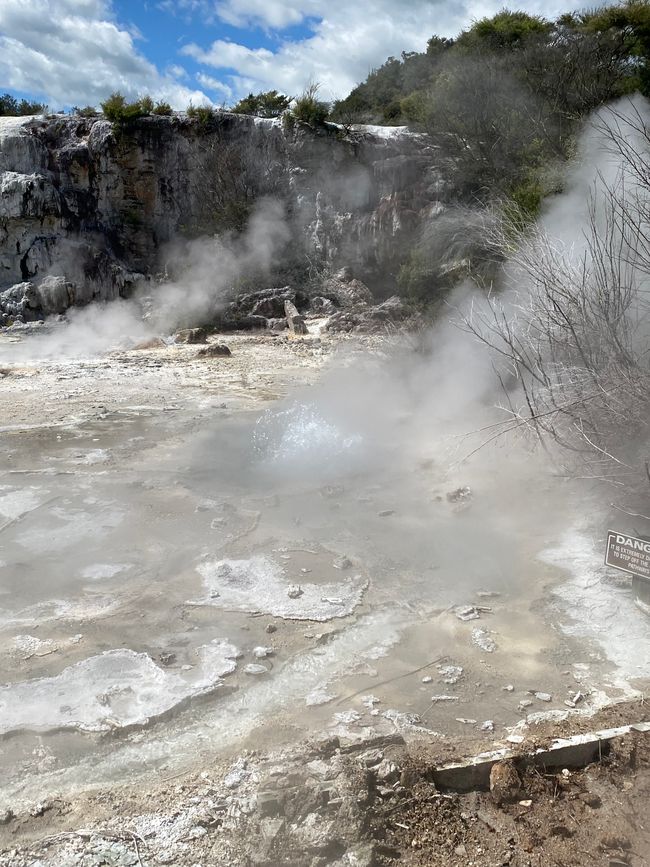
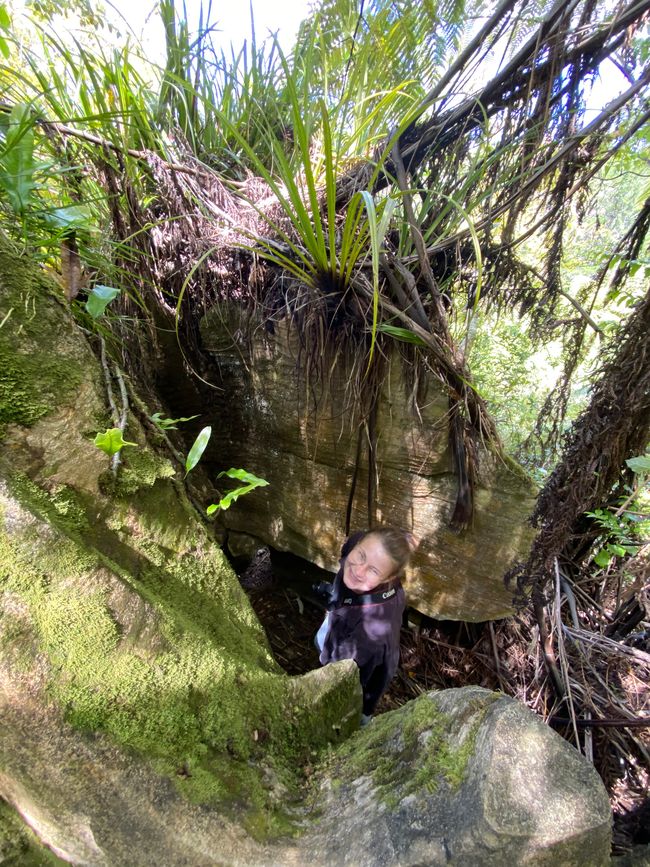
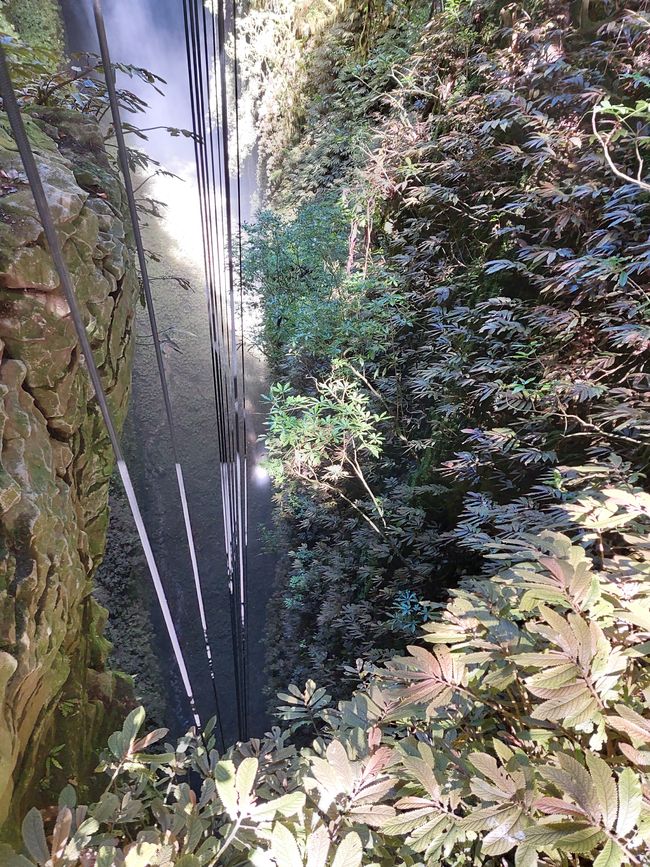
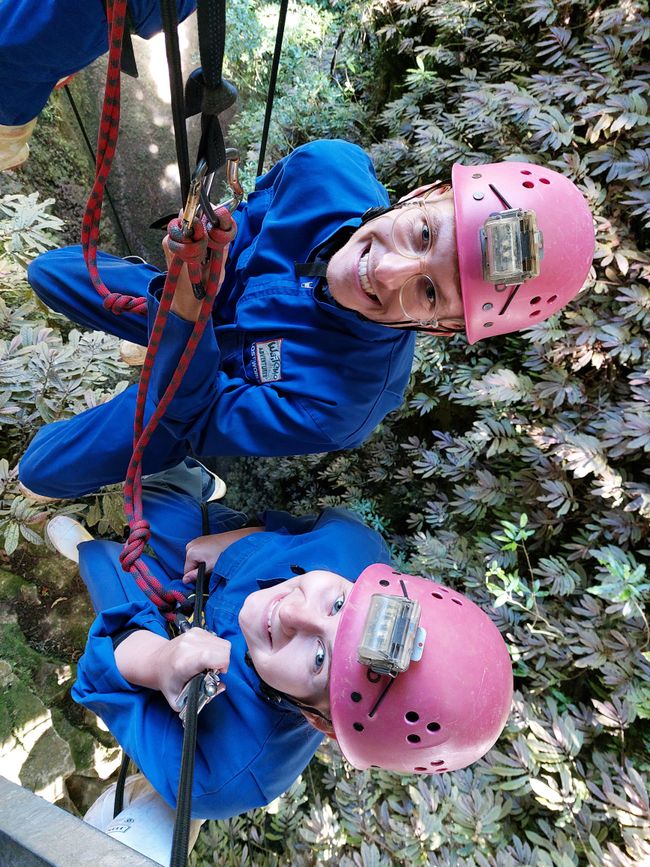
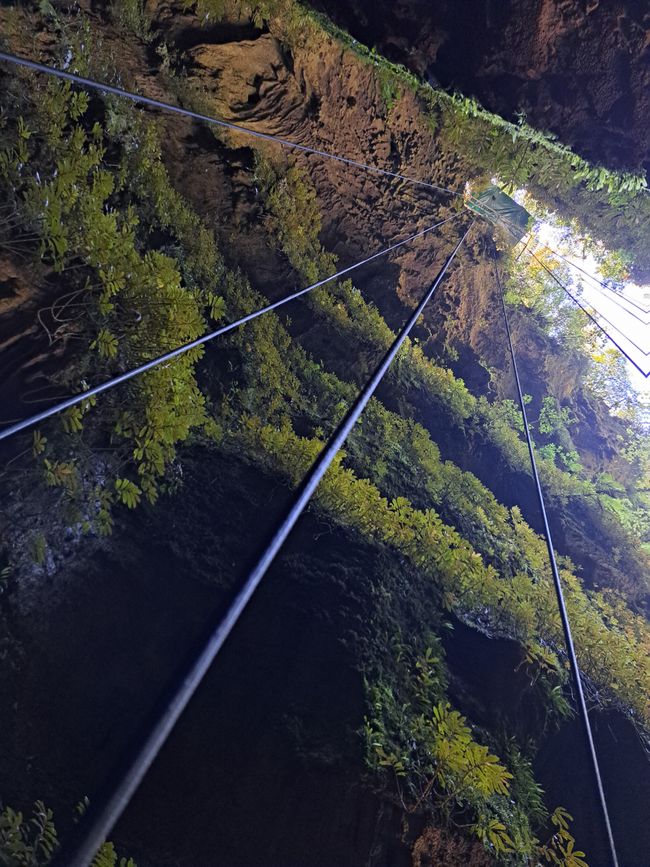
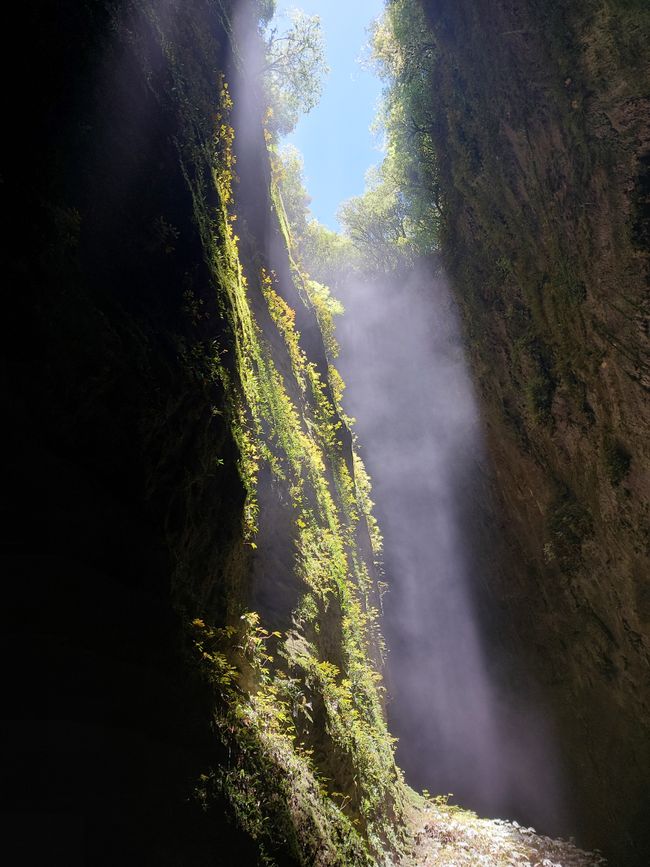
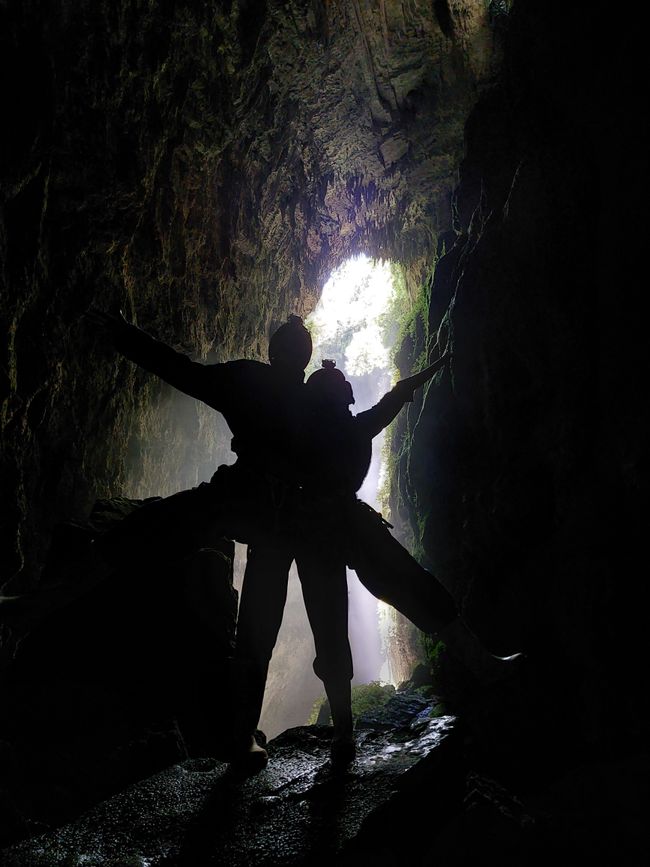
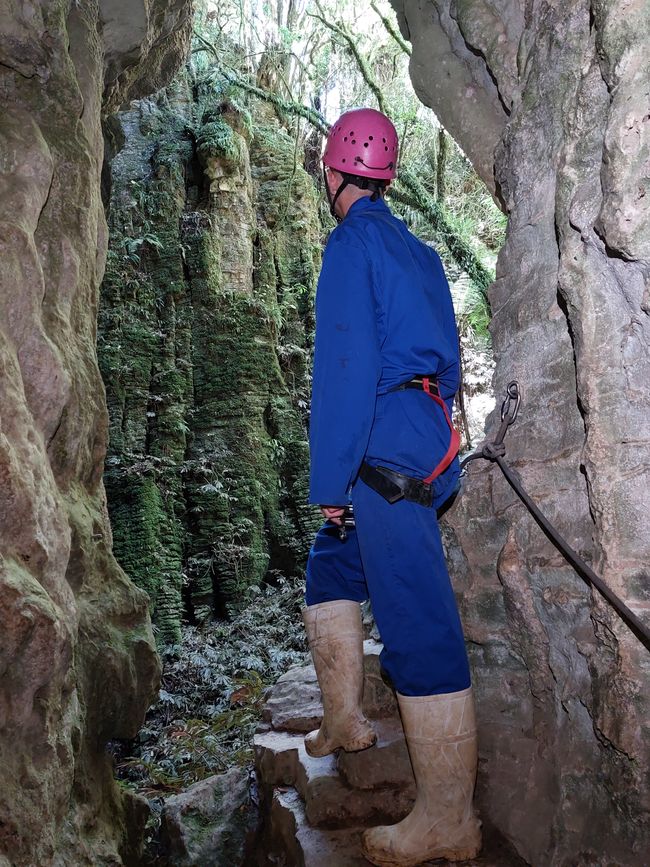
Ejesuscribi Boletín de Noticias-pe
After we had processed the Milford Track adventure a bit and largely cured the sore muscles, we went back on the road. However, we didn't have to drive long to reach our next destination. Queenstown is only about 200 kilometers from Te Anau, which is why it took us about 2.5 hours. Once there, we briefly checked into our campsite and set off to explore the city. When you've only seen forests, mountains and water for four days, it's really good to get together with a few people. We didn't completely avoid water and mountains in Queenstown either. Although it was dry from above, Queenstown is picturesquely nestled in the Southern Alps directly on Lake Wakatipu. In this case the water bothered us relatively little, on the contrary. As luck would have it, two of Helene's friends were also in Queenstown, so we took the chance and arranged to meet up for dinner that evening. Sometimes it's nice not to cook yourself. We also spent the next day in Queenstown. Although we had actually said to ourselves that we wanted to leave our hiking boots behind for now, in the end we couldn't help it. And I still had a wish that I wanted to fulfill. After almost two years without it, I wanted to hold snow in my hand again. Appropriately enough, the mountains around Queenstown were still full of them and a hiking trail led straight to the top of a mountain. So it happened that we put on our hiking boots in the morning to set off on the six kilometer long path to Crown Peak. The route started at Crown Peak Pass, the highest pass crossing accessible by car in New Zealand. It took almost three hours until we reached the top of the mountain at 1,735 meters. The effort was worth it here too, we were rewarded with sunshine and a beautiful view of the surrounding mountains and Queenstown. However, we didn't last long on the mountain because, on the one hand, it was pretty cold up there and, on the other hand, we wanted to use the late afternoon to cover a few more kilometers. But we still treated ourselves to a little snowball fight.
After a night in the small town of Omarama, we reached our final destination in the Southern Alps region, Mount Cook, early at noon the next day. At 3,724 meters, the mountain named James Cook is the highest in New Zealand. And what do you do in the mountains? That’s right, you hike. We had actually planned to do another two-day hike to the so-called Mueller Hut, but in the information center we were told that due to the current weather, you would need an ice ax and snowshoes, among other things. Now, although we have a lot of stuff in our backpacks, we unfortunately couldn't find an ice ax or snowshoes. Accordingly, this hike had to be canceled. Fortunately, the national park still offers a few alternatives. One of them is the Sealy Tarns Track, also known as the “Stairway to Heaven”. By the way, the name says it all. A whopping 2,200 steps led us to a lookout point from where we had a spectacular view of the Hooker Valley, the surrounding mountains and Mount Cook. However, we can't deny that the legs wouldn't have been burning after the climb. 2,200 steps straight up the mountain are no fun. As we were about to descend again, Helene got a message from Natalie and Alex, who we had also met in Queenstown, asking if we would like to go on another track in the afternoon. One descent and one drunk bottle of water later, we started the Hooker Valley Track together with the two of them. While the first hike was high up for us, the second track meandered through the valley almost to the foot of Mount Cook. So it happened that we got to see the majestic mountain from two very different perspectives that day. When we got back to the car, we swore to ourselves that we didn't want to touch our hiking boots for the next few days. And just to be on the safe side, we stowed them right in the depths of our car.
After Mount Cook we actually wanted to drive on to Abel Tasman National Park, which is located high up at the tip of the South Island. However, the weather deteriorated drastically and a lot of rain was forecast for the coming days. For this reason, we decided to bring forward the ferry trip to the North Island that was originally planned for November 7th. I'll tell you next time what happened to us on the last leg of our road trip through New Zealand and what we experienced here.
Actually, the blog article should have ended here. Because the days have passed more quickly than originally expected, here is a short summary of the remaining weeks until the end of our time in New Zealand.
After arriving on the North Island after the three-hour ferry ride, we spent two days in Wellington. There isn't much to say about New Zealand's capital. Somehow we don't really get used to the bigger city here and we're always happy when we're back in nature. In addition to a quick visit to the hairdresser, we looked at an exhibition at the Museum of New Zealand and strolled through the city. From Wellington we drove to the edge of Tongariro National Park. This is the oldest national park in New Zealand and is a UNESCO World Heritage Site. And what makes the Tangariro special? In short and simply put, they are volcanoes. There are three active volcanoes in the area, including Tongariro (1968 m), Ngauruhoe (2291 m) and Ruapehu at 2797 m. In addition to a multi-day hike, you also have the opportunity to admire the volcanoes up close as part of a day hike. Often described as New Zealand's best day hike, the Tongariro Alpine Crossing is a challenging tour through a fascinating volcanic landscape. The path stretches for almost 20 kilometers past emerald green lakes, steaming holes and cooled lava flows. Incidentally, various scenes from the Lord of the Rings film trilogy were filmed here in Tongariro National Park. Early in the morning we took the bus to the starting point of the track. Unfortunately, you walk the track with hundreds of others, which is why you're never really alone. After initially only going up steeply, we reached the highest point of the track around midday. From here we had a beautiful view of the surrounding landscape and the volcanic lakes. After a short break we started the descent, which in its own way was more strenuous than expected. It was a very steep descent for almost ten kilometers, which is why we were happy when we reached the end of the track in the early afternoon. Here we were picked up again by a bus that took us back to the campsite. We had actually planned another hike for the following day. However, the weather thwarted our plans, so we used the day to plan further travel plans. The short break was not inconvenient for our legs.
After Tangariro National Park we drove further north to the last big highlight on our journey through New Zealand. Beneath the green hills of the small town of Waitomo lies a labyrinth of thousands of caves and underground rivers. The caves were washed out of the soft limestone by underground water streams over thousands of years. There are different ways to explore the caves, from normal guided tours to white water rafting. We decided on the Lost World Tour. And I can say one thing in advance: the tour is not for people who are afraid of heights. First we free-floated and rappelled down a whopping 100 meters from a platform into the cave. I can't even describe the feeling, it was simply incredible to hang over this abyss and rappel meter by meter past the rock walls down to the beginning of the cave. It took a whole 20 minutes until we reached the bottom. After our small group landed completely on the ground, we went inside the cave. Pitch-black darkness was waiting for us here, luckily we had our helmet lights that gave us some light in the darkness. After we had to climb over several passages, we suddenly had to “turn off the lights”. However, it didn't get really dark because the cave ceiling was lit up by thousands of little glowworms. A magical moment. Afterwards we went back towards daylight. To do this, we climbed up a ladder that was about 30 meters long and made our way back up the rest of the way through the cave. Still full of adrenaline, we arrived back at the starting point.
And then the New Zealand chapter was more or less over. Two days later we got our car back in Auckland and explored the city a bit before setting off on the longest flight of our trip. A total of 16.5 hours of flight time and a 19-hour time difference separated us from our next destination. I'll tell you where it went next time.
Ejesuscribi Boletín de Noticias-pe
Mbohovái

Marandu jeguata rehegua Nueva Zelanda
